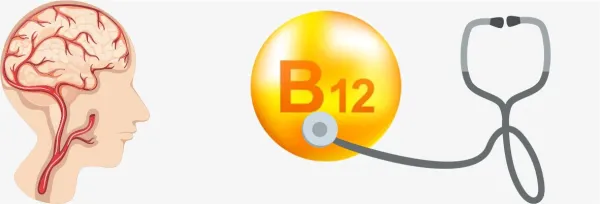
Last Updated:
An AIIMS study, backed by ICMR, found rising obesity and metabolic disorders among Delhi’s school children, with private school students at 5-times higher risk
The AIIMS study highlighted need for better diet and more physical activity among the obese students. (Representational Image: PTI)
In a troubling revelation that has alarmed both medical professionals and education authorities, a comprehensive new study conducted by the All India Institute of Medical Sciences (AIIMS) found that obesity and metabolic disorders are surging among school-aged children in Delhi, with students in private schools facing a disproportionately higher risk.
The study, supported by the Indian Council of Medical Research (ICMR), surveyed 3,888 students aged 6 to 19 across Delhi’s government and private schools. It unearthed stark disparities in health markers between the two categories of students, with obesity rates among adolescents in private schools found to be over five times higher than those in public schools, as reported by PTI.
Led by researchers from AIIMS’ endocrinology, cardiac biochemistry, and biostatistics departments, the study meticulously tracked multiple health indicators including blood pressure, waist circumference, cholesterol, triglycerides, and fasting blood glucose levels.
“The prevalence of being underweight was nearly five times higher in public school compared to private school students. At the same time, obesity was more than five times higher in private schools compared to public school students,” the report noted, highlighting a growing polarity in childhood nutrition and wellness.
The rise in obesity is not limited to general weight gain. Researchers noted a surge in “central obesity”, characterised by fat accumulation around the abdomen, as well as “hidden obesity” or dyslipidemia, a condition where fat replaces muscle, which can remain undetected by standard bodyweight assessments. According to the findings, 13.41% of all surveyed students were generally obese, and 9.15% had abdominal obesity, with significantly higher rates reported among private school students.
Furthermore, 34% of the children exhibited signs of dyslipidemia, underscoring how even students not classified as obese could be at serious risk of future metabolic disorders. The data suggests that public school students, while less likely to be obese, are still susceptible to conditions like hypertension and metabolic syndrome, both precursors to more serious health complications like heart disease and Type 2 diabetes.
The AIIMS study also found that boys are more likely to be obese than girls in both private and government schools, and that hypertension affects more than 7% of urban adolescents aged 10-19, with no significant gender or school-type differences.
The situation is being exacerbated by worsening dietary habits and sedentary lifestyles, said experts. Dr M Kalaivani, the study’s lead investigator, emphasised that growing dependence on mobile screens, coupled with high consumption of packaged snacks and fried street food, is creating a health time bomb.
“Among children from affluent families who study in private schools, the average obesity rate was 5 percent in 2006. This has now climbed to 23 percent,” PTI quted Dr Kalaivani as saying. She advocated for a nutrient-rich mid-day meal program, more physical activity in school schedules, and greater parental supervision over children’s diet and screen time.
These findings follow recent directives issued by the Central Board of Secondary Education (CBSE), instructing schools to install “sugar boards” displaying sugar content in food items and to stock canteens with healthier options. The AIIMS report provides empirical weight to these policy moves, further highlighting the urgency for institutional and parental intervention.
While the Covid-19 pandemic’s role in accelerating childhood obesity remains under-researched in the country, the AIIMS study suggests its influence may be profound, particularly as screen time and inactivity skyrocketed during lockdowns.
The full scope of this health emergency stretches beyond weight. According to the PTI report, private school students also showed 2.37 times higher prevalence of impaired fasting glucose levels and were 3.51 times more likely to have metabolic syndrome than their government school counterparts.
- First Published:
-
Vitamin B12 deficiency affects the mind to heart – Obnews

-
Thailand’s Opal Suchata Chuangsri wins Miss World 2025 in Hyderabad: Know her journey

-
Not only whole cloves, but drinking water is also effective for health, know which diseases are benefited

-
Meet Xiaomi Pad 7 Ultra, The Future of Tablets with a 3nm In-House Chipset

-
Whatsapp will not run in these smartphones from June 1, make backup or else you may lose necessary data
